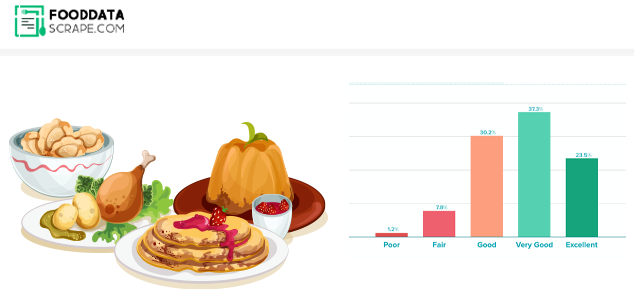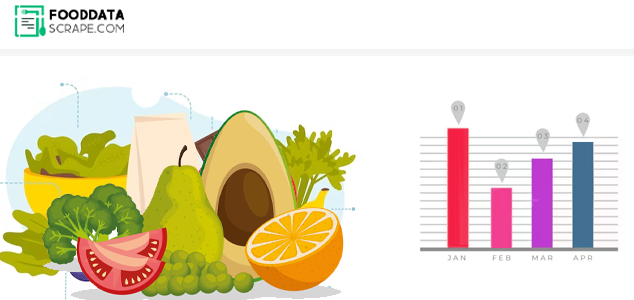






















This report deeply analyzes the independent restaurant landscape in the U.S. and Canada, with respect to market size, segmentation, longevity, and revenues. It makes a comparison between the two markets to understand the dominance of limited-service restaurants in the U.S., including quick-service and fast-casual segments, and the growing healthy and organic options currently targeted in the Canadian marketplace. The report contains insights garnered from scraping independent restaurant data and food delivery data scraping services, which give valuable views on market trends and consumer preferences. This report delves deep into the industry dynamics and growth patterns to help stakeholders in decision-making and strategizing to stay competitive in the continually evolving dining sectors for both countries.

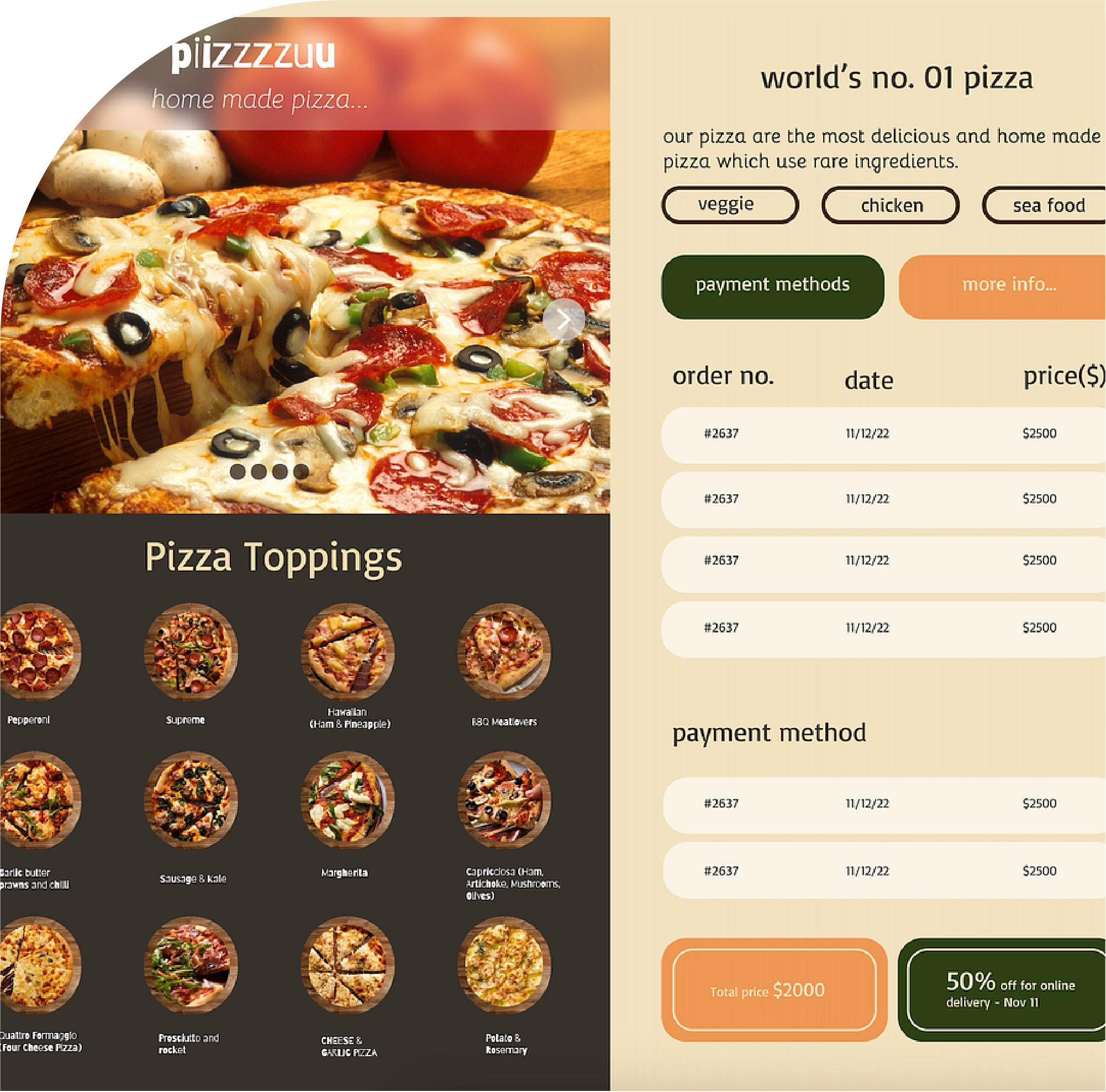
Comparative size of the markets: While the independent restaurant sector in the USA was worth approximately $900 bn in 2024, Canada's market is only about $40 bn—indicating a far larger and more mature market.
Service Type Dominance: The limited-service restaurant category, primarily consisting of quick-service and fast-casual concepts, dominates the U.S. landscape—convenience and affordability drive consumer demand. In contrast, the Canadian market points to accelerating interest in health-conscious and organic dining establishments within both limited- and full-service categories.
Consumer Behaviour Trends: Locally sourced and sustainable dining is strongly put across by the Canadian market, while in the U.S., there is high demand for quick-service and high-end, full-service experiences.
Data Scraping Insights: Restaurant data scraping services impart an insight into the market trends, consumer behaviors, and operational performances and thus aid stakeholders in making effective decisions.
This research report covers a deep review of the independent restaurant landscape in the United States and Canada. The factors taken into consideration are the key metrics of market size, segmentation by service type, longevity, and revenue—a look deeper at how these factors differ across the border. The Restaurant Menu Data Scraping report contains a detailed comparative overview of key differences in restaurant industry dynamics. It reports on the share ratios of limited service to full-service establishments, with a view into their respective market shares and growth trends. The report also entails a breakout of the share of independent restaurants in various industry segments, with additional insights gained from Independent Restaurant Data Scraping in U.S. and Canada. This detailed comparison provides valuable insight into the functioning and evolution of each country's restaurant sector, helping stakeholders to understand the market opportunities, challenges, and strategic considerations in the independent dining space.
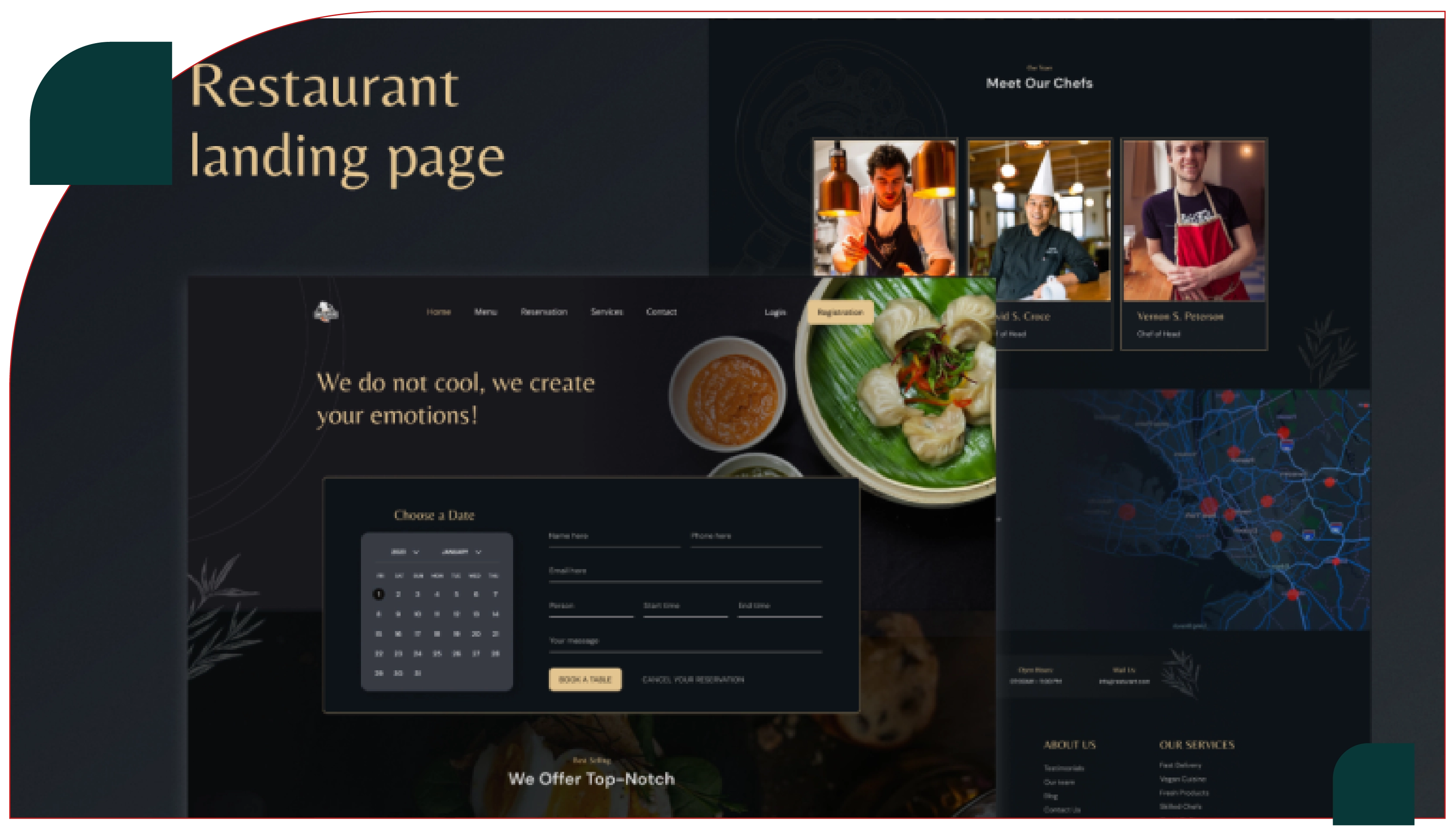
United States: US: The independent restaurant sector is very solid, represented by every type of restaurateur, from casual diners to fine dining. Adding to the competitive nature of this $900 billion market, as predicted in 2024, it becomes saturated with limited- and full-service restaurants. Therefore, limited-service restaurants, especially quick-service and fast-casual concepts, will continue to see high demand from consumers moving into the future, searching for convenience at a budget-friendly price. On the other hand, full-service restaurants are more focused on fine dining and premium service delivery. To have a proper understanding of this competitive environment, , Analysis of Restaurants in the United States is very important. Restaurant data scraping services collect comprehensive information about trends in the market, consumer behavior, and operational performance and present this to stakeholders in order to make better decisions and formulate successful strategies in a constantly changing business environment.
Canada: The Canadian independent restaurant industry is smaller than in the United States but mirrors growth and diversity seen across most of the segments. In 2024, it represents a market value of nearly $40 billion and comprises a mix of traditional and contemporary dining. With special attention now being placed on locally sourced and sustainable products, this segment of the industry seems to exhibit a reflection of growing consumer desires for farm-to-table dining experiences. Quick-service and fast-casual are leading types, but full-service is also an important part. Therefore, in this regard, Canada Restaurant Data Scraping is an integral exercise. The use of such advanced restaurant data scraping services would inform one regarding the view of the market, prevailing consumer preferences, and operational performance. This approach will allow stakeholders to identify emerging trends at the speed of decision making, optimize their offerings, and make informed strategic decisions to enable them to have the optimum competitive edge in the Canadian dining market.
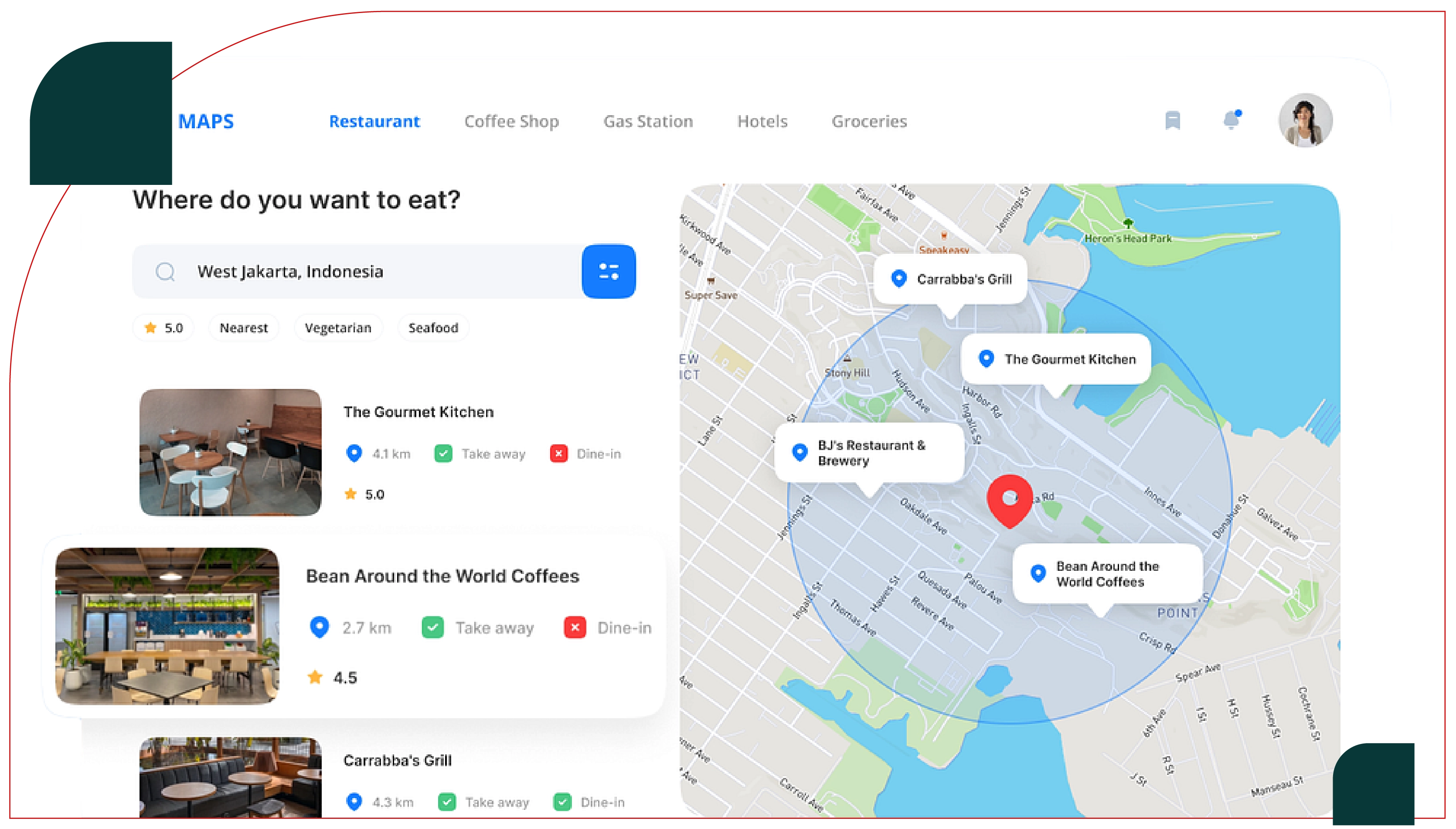
U.S. The US has driven the market of limited-service restaurants, including QSR and fast-casual segments. The QSRs represent a bulk of the independent restaurant landscape that consumers value for convenience and lower prices. Fast-casual restaurants are also gaining momentum as more consumers demand quick meals with better quality. A restaurant data scraper would be important in analyzing and understanding the trends outlined. It extracts minute data related to restaurant types, consumer preferences, and market dynamics. It helps stakeholders make out valuable insights, optimize offerings, and come up with informed decisions that keep them competitive within this changing industry.
Canada: The Canadian market demonstrates a similar trend in penetration observed for limited-service restaurants as in the U.S. However, it does give an indication of the focus towards health and organics. Fast-casual restaurants are gaining traction, reflecting changing consumer preference towards quick dining but with a focus on quality. Scrape Restaurant and Menu Data to capture and analyze such changing trends. It allows the gathering of detailed data on restaurant types, menu offerings, and consumer preferences. The food Delivery Data Scraping Services can help businesses understand the market dynamics and optimize their strategies to stay competitive in the growing Canadian dining sector.
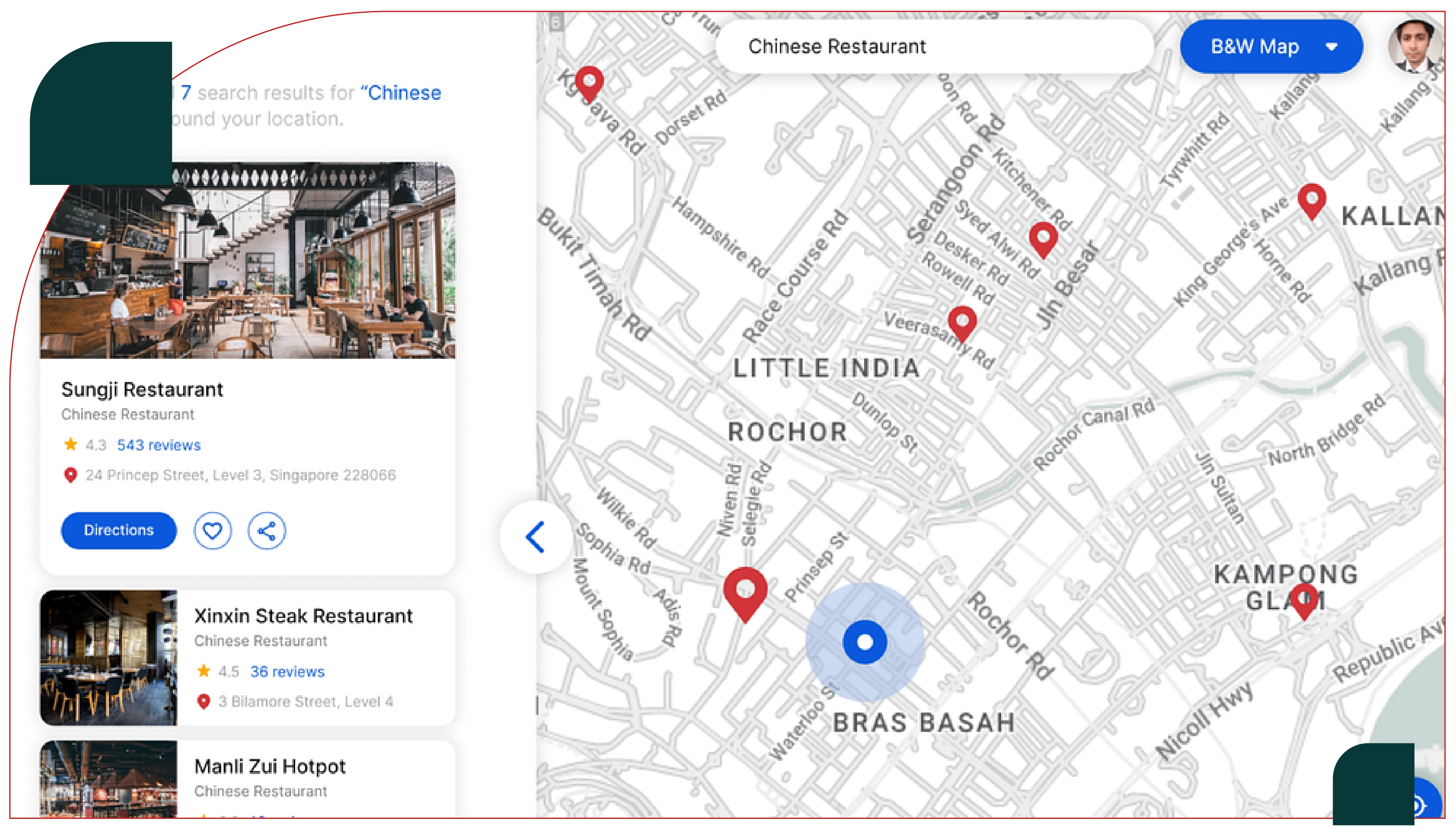
U.S.: US full-service restaurants range from fine dining and casual dining to upscale casual restaurants. The market is diversified regarding available cuisine options and several dining experiences that full-service establishments can offer. Scrape Food Delivery API Data to understand the unique dining experiences and high-end service are usually hallmarks of full-service establishments.
Canada: In Canada, full-service restaurants range from fine dining to simple eating places. Currently, there is growing interest in farm-to-table and ethnic cuisine restaurants because of the rise in consumer preference and cultural diversity.
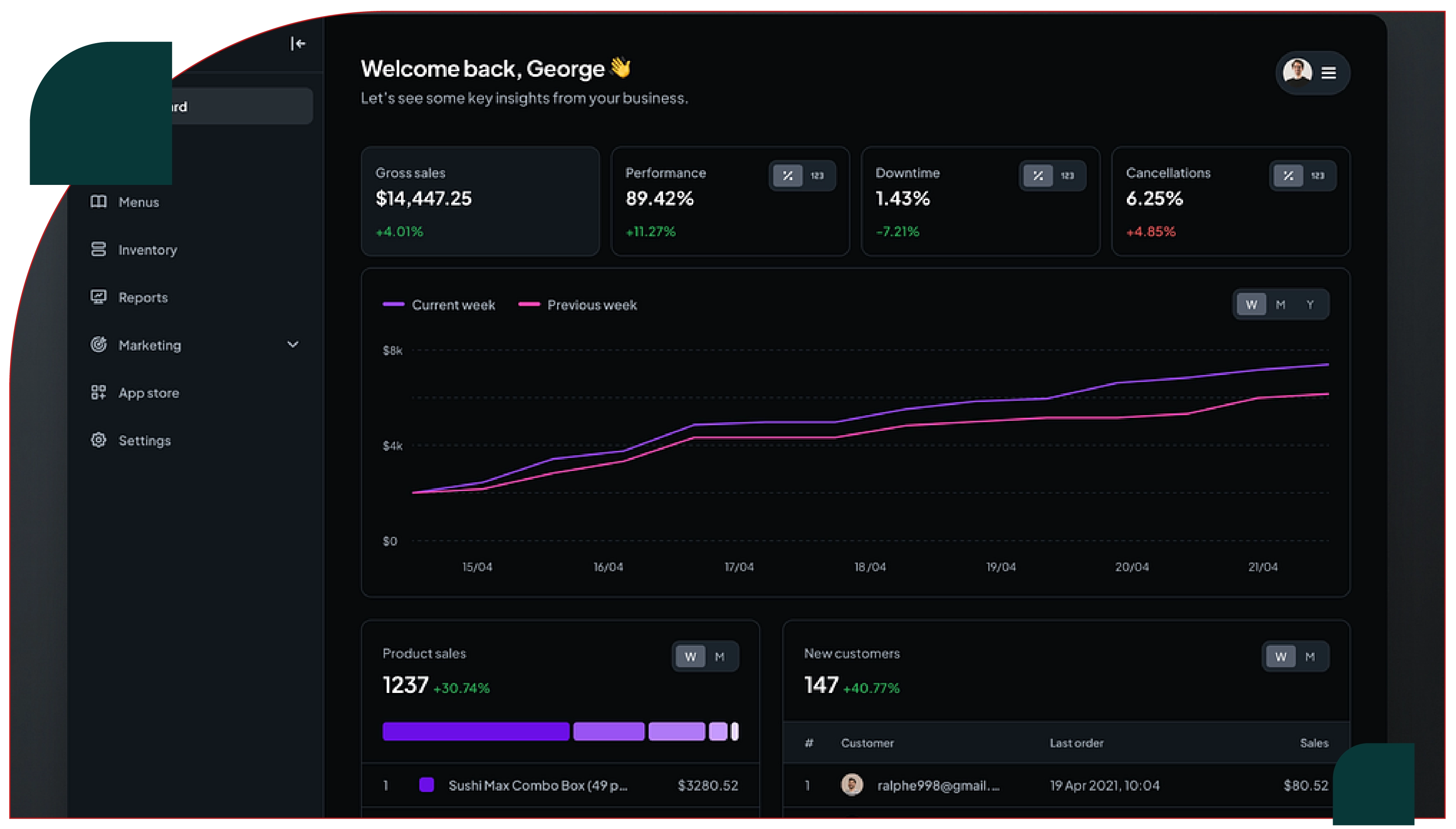
U.S.: The restaurant environment in the United States is very competitive, with a high number of entrants and an overall high mortality rate. However, the successful ones often demonstrate that they have long-term viability through strong brand identity, customer loyalty, and the ability to adapt to market trends.
Canada: In Canadian independent restaurants also, one finds differing degrees of longevity. Reasons for success or failure range from location and service quality to community service. Local and sustainable operations grow in prominence, critical to long-term relationships with restaurant customers.
U.S.: Independent Revenue Figures can vary widely by segment and location. Generally, full-service restaurants bring in for more revenue per-establishment than their limited service competitors, though the limited-service competitor often enjoys higher turnover and lower operational costs.
Canada: Revenue Trends in the Canadian Independent Restaurant Sector collected through Restaurant Data Intelligence Services show somewhat similar results, with full-service independent operators generally realizing more of their revenue from each of their units. That being said, fast-casual and specialty limited-service independent restaurant concepts are growing the total of the sector.
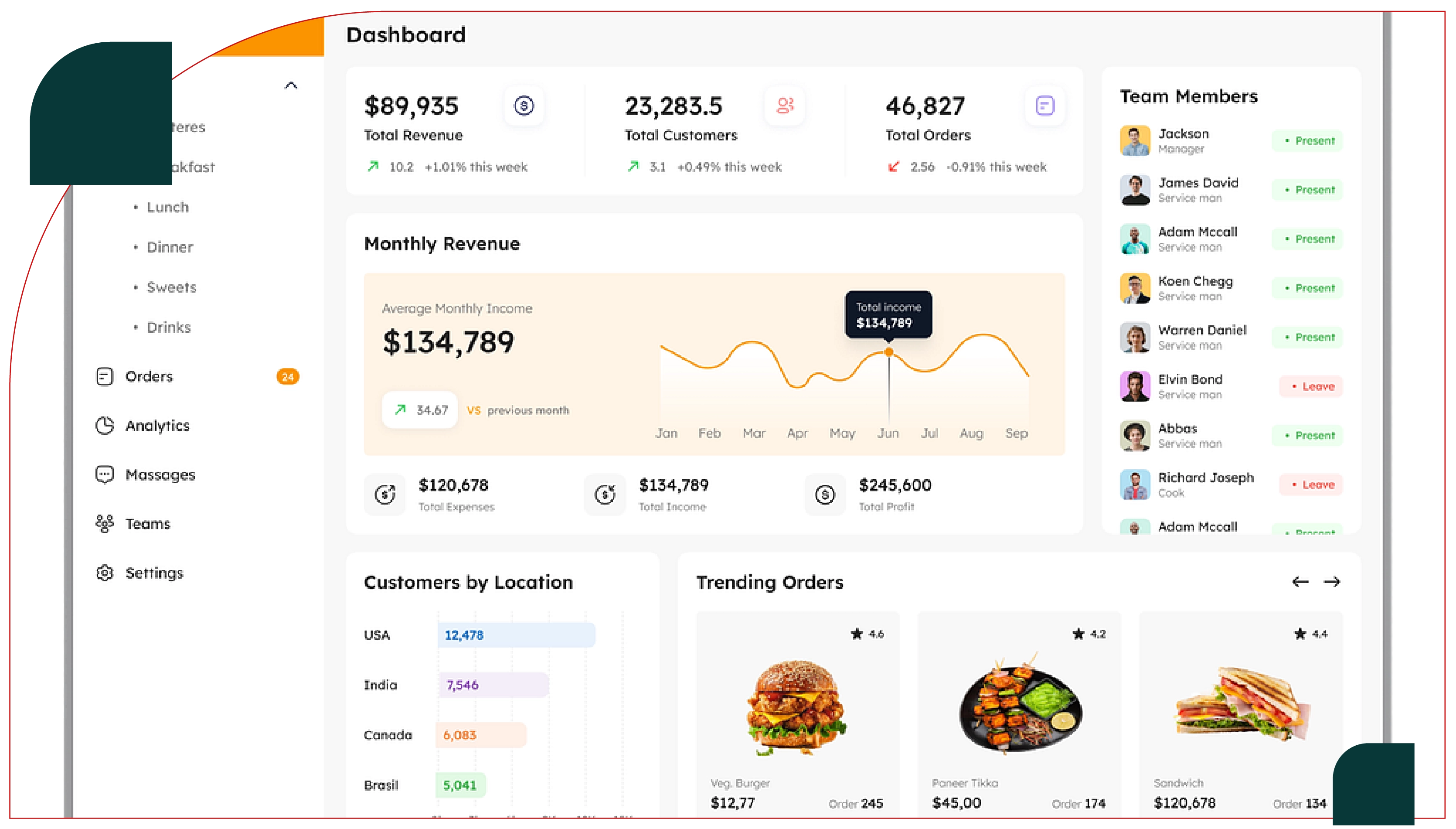
The Restaurant Menu Dataset reveals that while the market in the U.S. is larger and more mature compared with that of Canada, the former contains more independent restaurants and a higher total market value. The Canadian market is relatively small, though growing fast, with increased consumer interest in diversified dining options.
While both countries have strong representations of limited-service and full-service restaurants, the former dominates in the U.S., whereas Canada has been growing in balance between the two types of service with special care to local and organic offerings.
The USA represents a vast number of industry segments, most of which are specialty or niche in nature. On the other hand, the independent restaurant sector in Canada is smaller, yet increasingly diversified with a strong focus on sustainability and innovation in cuisine
With very different market sizes, proportional service-type business ratios, and industry segments, the independent restaurant landscape between the two countries looks very different. For example, the market size in the U.S. is naturally more in terms of the number of establishments, but the proportion of limited-service restaurants is also more in comparison to that proportion in Canada. On the other hand, Canada's market is relatively smaller, though it remains focused on sustainability and local sourcing. Extract Independent Restaurant Data in U.S. and Canada to understand how these two markets are changing with growing consumer demand for variety and quality in dining.
These differences obtained through Food Delivery Data Scraping Services can help stakeholders create a clear understanding in deciding upon entry, investment, and strategy planning in the independent restaurant sector across these two countries.



